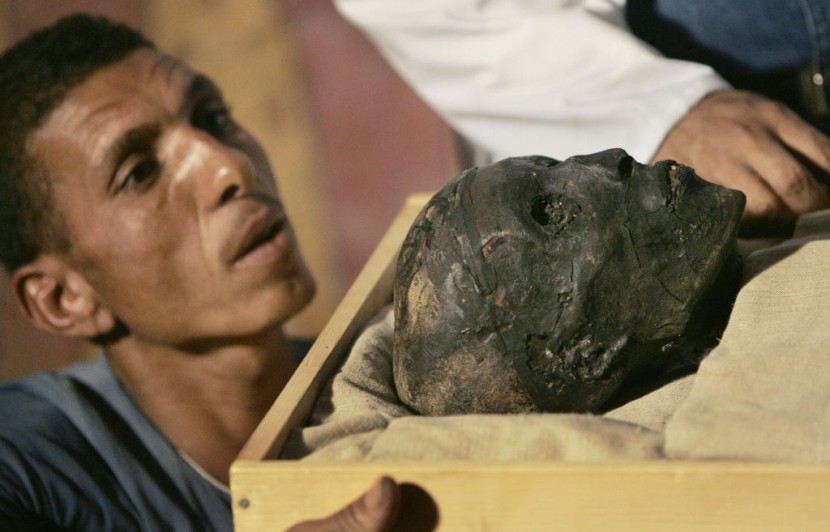
Egyptologists are still putting together what is known about King Tutankhamun, who lived in ancient Egypt, by examining the mummy, artifacts, pharaonic portraits, and even figures to stitch up an idea of what the ill-fated boy king was like when alive.
King Tutankhamun Made Egypt Known
About a century ago, on November 4, 1922, the tomb of King Tut was discovered with treasures undreamt of in archaic Egypt, with the mummy as the center piece, reported by Live Science.
Such discoveries disclosed a wealth of information about King Tut, who became king at around age 9 and tragically died at about age 19. However, no one is sure how he looked, and investigations seeks to find out his health as well.
According to a study of the King Tutankhamun and other mummies, JAMA concluded that he was five feet, six inches tall at death. He suffered from several diseases, like malaria and Köhler disease, which caused swollen feet and bad walking. On his left foot, a necrosis was observed due to a broken bone could have caused his death.
Zahi Hawass, the former minister of Ancient Egypt and antiquities and co-author of the JAMA paper, mentioned in an email that Tut was very sick and limped while walking, as he suffered with malaria as well. But the boy king was still active, even with such maladies. He liked to hunt and even constructed a palace close to the Sphinx just to hunt. An accident happened that caused his fatal leg injury, and he died two days later.
Ancient Egypt's Ruler Was Sickly
Hutan Ashrafian who is a clinical lecturer in surgery at Imperial College London, verified that Tut limped while walking and had an elongated skull, big man-boobs, bad teeth, and was very skinny. He added that the subject was extremely frail.
In 2012, he published a paper in the journal Epilepsy & Behavior that suggested that King Tut and his family were products of intensive genetic inbreeding. The Pharaonic 18th Dynasty had practice of taking relatives as spouses.
Over the years several attempts to form a representation of the boy king were made, but there's too much unknown about Hawass and none are spot on. Scholars have misgivings about attempting to create a virtual likeness of Tutankhamun.
Dr. Frank Rühli from Zurich University explained in an email why the reconstructions was a challenging work, getting the right likeness with wrinkles, hair color, eye color, skin shade, and even scars on the person is not obvious.
When Egyptologists examined mummies, there was tissue shrinkage of 53% compared to when living, and Tut's mummy got burned by embalming oils, which hindered actual reconstruction.
Another researcher, Dr. Irwin Braverman, from Yale Medical School, stated that a CT scan cannot show live tissue as it did before. Mummified tissue is shrunken, misshapen, and very dry.
Salima Ikram said that the Egyptians before them knew what he looked like. He added that Tut's image was approximate but had an overbite, as shown in the scans and hereditary; his shoes and walking sticks show a slight limp. But Ashrafian remarked that small statues of King Tut while alive are more exact, as old sources are often bypassed.
King Tutankhamun from Ancient Egypt has captured the imagination of many and his appearance seems to be the holy grail to get it right.
Related Article: Is Ancient Egypt Always Been an Arid Desert as It Is Today?
© 2026 HNGN, All rights reserved. Do not reproduce without permission.







